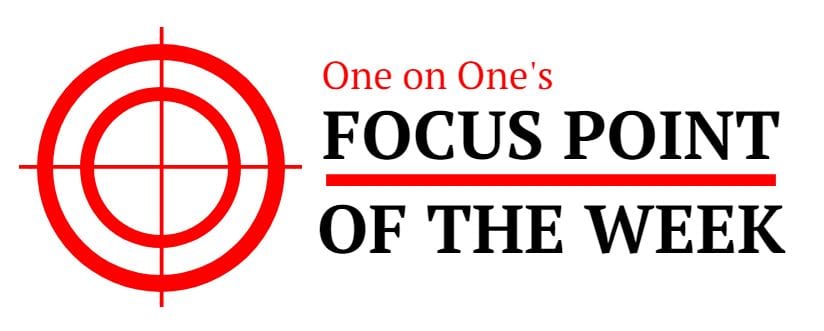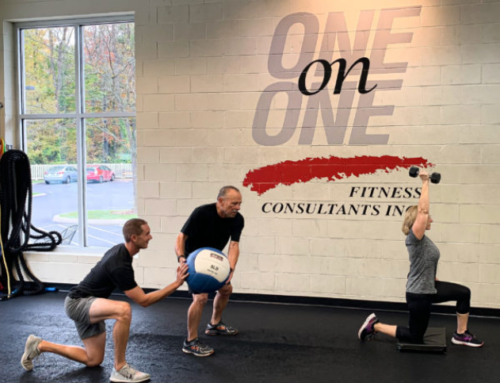By Bruce Burke
Last Updated: 1/7/24
We know that “healthy and happy” is essentially everyone’s endgame, but how do we do it? How do we accomplish the smaller (but more challenging) fitness/nutrition goals that will lead to long-term success? Much like we do with our financial planning, we must create a roadmap to get there. Once we have the strategy in place, it becomes a simple matter of execution…but it isn’t always that simple! At One on One, we have created what we call the “Blueprint for Success” to map out the process.
The Blueprint for Success is a powerful tool that defines what we want to accomplish (our goals) and the action required to accomplish these goals.
Before creating your blueprint, carefully consider what you are truly willing to do to be successful. Remember, success breeds more success; it is the number one objective. With this in mind, consider your:
- Goals (What you want to accomplish) – Goal setting can be tricky. Create goals that stretch you, but, most importantly, are realistic. Oftentimes, we create goals/commitments that are perhaps too lofty and lend themselves to failure. This is a variable that you have complete control over. You must set yourself up for success from the very beginning by setting realistic and attainable goals. Be sure to assess your readiness to change as you create these goals.
- Commitments (Strategies to get there) – Once goals are established, the next step is to create commitments (typically on a daily or weekly basis) that are manageable enough to ensure daily success, yet significant enough to move you closer to your goals. Remember, less is more. You are committing to 100% success.
- Behaviors (What you are actually doing) – Establishing well-intentioned goals and commitments are essentially meaningless if your behaviors don’t line up. This all-important step is about the daily “in the moment” choices that are either moving you closer to success, or further away. There are several strategies to help you stay on track, but it’s usually accountability that makes the difference.
Once you have considered what you want to accomplish and what you are willing to do to succeed, it should be committed to paper, becoming your “Blueprint for Success.”
| Example Blueprint for Success |
|---|
Goals:
|
Commitments:
|
Accountability Strategy:
|
Your Blueprint is a “living” document
In order to be successful, your goals, commitments, and behaviors must always be in alignment. Otherwise, the Blueprint becomes disjointed (you want X, but are doing Y) and you may start to get off track and feel frustrated. Although your overarching goals (healthy and happy) might not change, your process-related goals certainly will. In addition, your lifestyle, schedule and responsibilities are constantly changing. A commitment that was once easily met might no longer be possible. In addition, process related goals/commitments naturally run their course. What was meaningful and effective before will at some point cease to be so. Accordingly, you must regularly update your Blueprint.
Ultimately, success is an accumulation of making “in the moment” decisions that are in line with what is most important to us…our “top of the pyramid” goals. Unfortunately, we often let other, less meaningful issues sabotage our efforts. Let’s not let that happen as we begin 2024!





